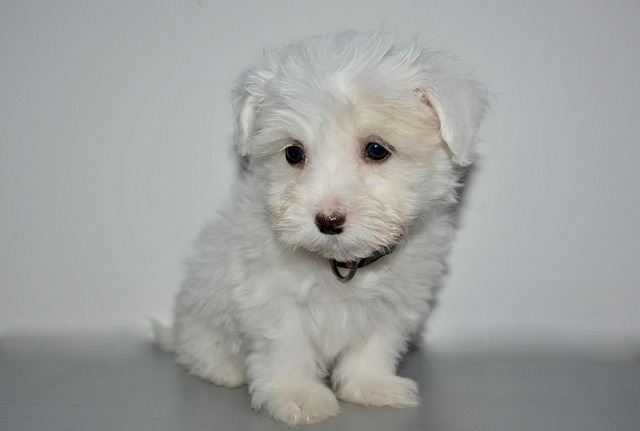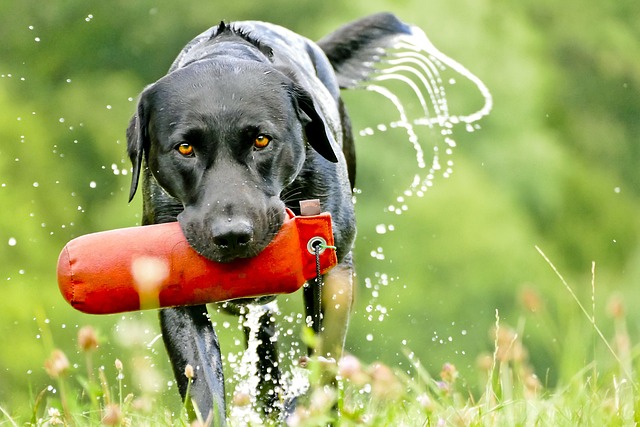
How long does it take to train a dog 1 command?
Dreaming of the moment your dog sits on command or stays put while you answer the door? Training your furry pal is like building a secret language, but one question lingers: how long will it take?
Dogs turning a perfectly tidy home into a disaster zone when left alone is a challenge that frustrates countless owners. Yet, to effectively stop dogs from trashing house environments, it’s crucial to look beyond the obvious mess and consider what’s truly driving these behaviors. It’s rarely a case of a “bad dog” and more often an expression of unmet emotional or psychological needs. Separation anxiety is a leading cause, as many dogs become distressed when their favorite humans leave. Others simply get bored, especially high-energy breeds or young dogs who need much more mental stimulation than a simple walk can provide. When these needs aren’t met, chewing furniture, overturning bins, and scratching doors become outlets for anxiety and excess energy. Recognizing this is the first step in developing lasting solutions that prevent destructive dog behavior when alone without resorting to harsh methods or constant confinement.
Traditional approaches often fall into two camps: crate training and punishment. Crate training, when done thoughtfully and with positive reinforcement, can offer some dogs a sense of security. However, not all dogs benefit from confinement, and for some, crating may intensify anxiety or lead to new problems. Punishment, on the other hand, almost always backfires. Dogs don’t connect the mess they made hours ago with your reaction now, and scolding only adds to their stress, further fueling destructive cycles. Recent research and evolving best practices in canine behavior increasingly support counterintuitive strategies focused on enrichment and emotional well-being. Studies show that dogs provided with regular opportunities for mental stimulation and problem-solving are less likely to exhibit destructive behaviors, even during periods of solitude. The shift from physical restriction to mental engagement is changing the landscape of dog training in the US and offers hope for owners seeking effective, humane solutions.
Implementing mental stimulation for dogs left alone can be simple and highly effective. Puzzle toys that dispense treats, snuffle mats, and interactive feeders can keep a dog’s mind busy for hours, turning alone time into a rewarding challenge rather than a stretch of boredom. Consider rotating toys regularly to keep things novel—dogs, much like people, get bored with the same activities day after day. Food-dispensing toys that require manipulation or gentle problem-solving are especially valuable, as they engage natural scavenging instincts and provide a positive outlet for energy. Hide treats around the house or introduce scent-based games before leaving, so your dog spends time sniffing out surprises rather than creating chaos. Even audio cues, like leaving on a talk radio station or a playlist designed for dogs, can offer comfort and reduce the silence that sometimes triggers anxiety. When thinking about how to keep dogs calm when home alone, these approaches often prove more effective than physical barriers or reprimands.
Creating a supportive environment also means preparing your living space with your dog’s emotional well-being in mind. Designating a safe area—perhaps a cozy corner with favorite bedding, familiar scents, and access to water—can help your dog feel secure. Products like pheromone diffusers or calming collars release soothing scents that mimic those produced by nursing mothers, offering reassurance to anxious pets. Some owners find that leaving behind a recently worn t-shirt provides comfort through scent association. For dogs who are particularly sensitive, blackout curtains or window film can minimize visual triggers outside that might cause stress. Importantly, always ensure your home is dog-proofed: keep bins out of reach, remove temptations like shoes or children’s toys, and secure hazardous items. These simple steps not only prevent destructive dog behavior when alone but also create a sense of order and safety for your pet.
It’s important to treat behavioral changes as a process rather than a quick fix. Start by observing how your dog behaves during short absences and gradually extend the duration as confidence grows. Use a pet camera if possible to monitor activity and identify patterns—does the destruction start immediately, or after a certain amount of time? Are there specific triggers, like outside noises or delivery people? This information can help you tailor your approach. As you see progress, adapt your strategies: swap out old toys for new puzzles, adjust the environment, or incorporate additional enrichment as needed. If destructive behavior persists or worsens, don’t hesitate to consult a certified canine behaviorist. They can help rule out underlying issues and offer personalized solutions. By continually monitoring and responding to your dog’s needs, you’ll not only stop dogs from trashing house spaces but also nurture a happier, more balanced companion. Remember, patience and empathy are your best tools—most dogs can learn to relax and behave when alone, given the right support and a little creativity.

Dreaming of the moment your dog sits on command or stays put while you answer the door? Training your furry pal is like building a secret language, but one question lingers: how long will it take?

Housebreaking your furry friend isn't just about keeping your floors clean—it's a game-changer for both of you. Think about it: no more late-night dashes in the rain, no embarrassing surprises when guests visit.

Ever feel like you're speaking a different language when trying to teach your dog "sit" or discourage counter surfing? You might reward with a treat one minute, then ignore jumping the next

Taking your dog on car rides can be a blast—whether it’s a trip to the dog park, a weekend getaway, or just a quick errand. But in the Western world,

Taking your dog on car rides can be a blast—whether it’s a trip to the dog park, a weekend getaway, or just a quick errand. But in the Western world,

Taking your dog on car rides can be a blast—whether it’s a trip to the dog park, a weekend getaway, or just a quick errand. But in the Western world,